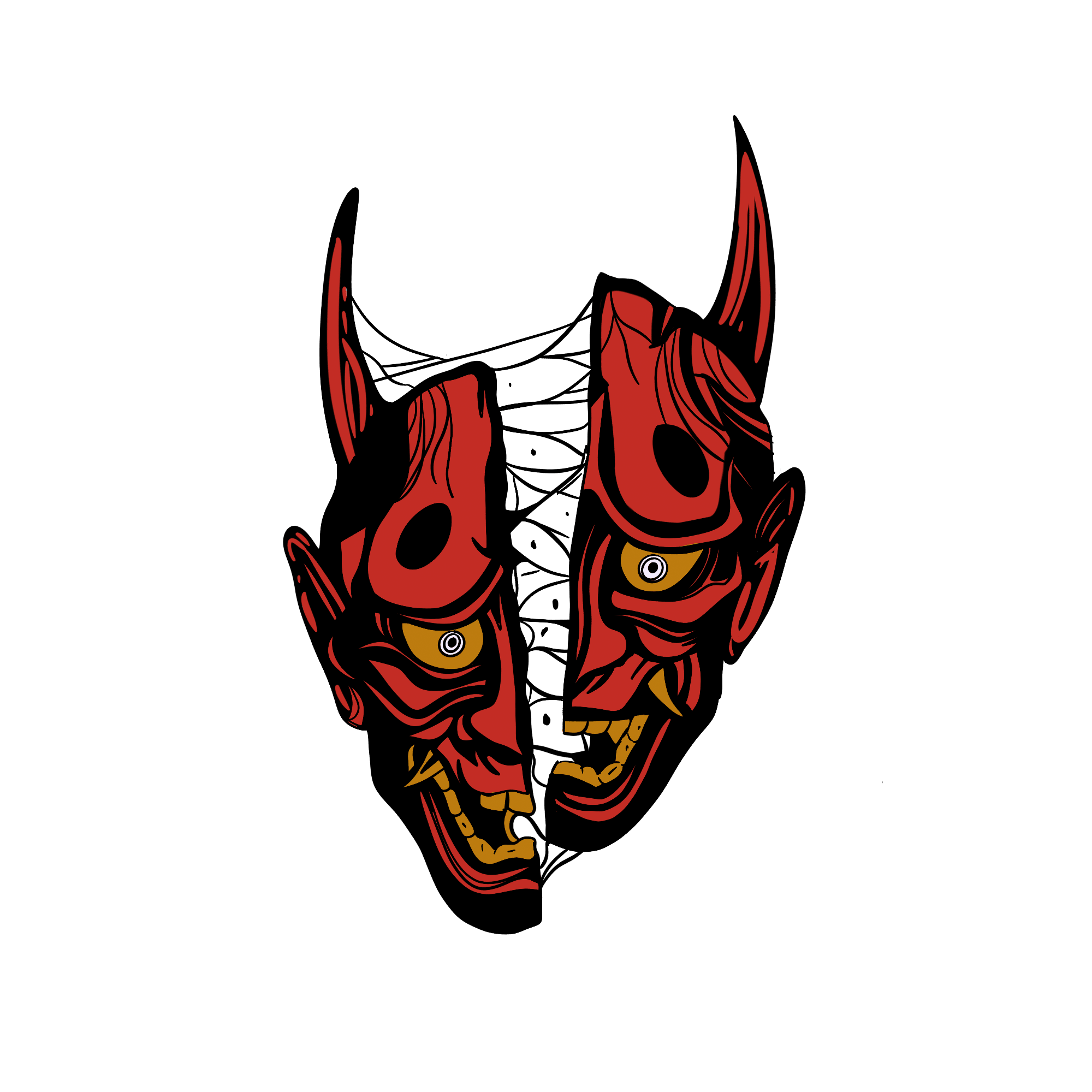Aesma DaevaCreativite Chaos


In the pantheon of demons and supernatural entities, Aesma Daeva stands out as a particularly enigmatic and multifaceted figure. Often associated with chaos, creativity, and the blurred boundaries between good and evil, Aesma Daeva has captured the imaginations of countless individuals throughout history.
Aesma Daeva's origins are shrouded in mystery, as is often the case with ancient and powerful entities. This demon's name is believed to be of Zoroastrian origin, appearing in ancient Persian texts as "Aēšma. " In Zoroastrianism, Aēšma was a wrathful spirit associated with violence and chaos, embodying the destructive forces of the world.
As time passed, Aesma Daeva's legend evolved and spread across different cultures and belief systems, taking on new layers of complexity. In some interpretations, Aesma Daeva is considered a fallen angel, cast out of heaven for his rebellious and chaotic nature. In others, he is seen as a trickster figure, embodying the unpredictable and capricious aspects of human existence.
Aesma Daeva is often depicted as a shape-shifting demon with a penchant for chaos and creativity. This duality is a central aspect of his character, representing the interplay between destruction and creation that is inherent in the natural world.
1. Chaos: Aesma Daeva is associated with chaos and disorder, representing the disruptive forces that challenge the status quo. He is often depicted as a force of chaos that can bring about destruction, upheaval, and unpredictability. This aspect of his character has led many to view him as a symbol of rebellion against oppressive systems.
2. Creativity: Paradoxically, Aesma Daeva is also seen as a patron of creativity and innovation. In some traditions, he is believed to inspire artists, writers, and thinkers to push the boundaries of their creativity and explore uncharted territory. This creative aspect of Aesma Daeva reflects his ability to bring about change and transformation.
3. Shape-Shifting: Aesma Daeva is known for his ability to change forms and identities, reflecting the ever-changing nature of the world. This shape-shifting quality symbolizes the fluidity of existence and the constant evolution of reality.
4. Trickster: Like many trickster figures in mythology, Aesma Daeva is known for his cunning and unpredictable behavior. He often challenges societal norms and expectations, forcing individuals to question their beliefs and values.
The significance of Aesma Daeva varies depending on cultural, religious, and philosophical perspectives. In some traditions, he is feared as a malevolent force that must be appeased or resisted. In others, he is revered as a symbol of freedom, rebellion, and the boundless potential of human creativity.
Aesma Daeva's portrayal as a demon highlights the complex relationship between good and evil in human understanding. He challenges conventional notions of morality and encourages individuals to confront the darker aspects of their own nature. In this sense, he serves as a mirror that reflects the dualities within each of us.
Aesma Daeva's enduring presence in mythology and folklore is a testament to the enduring fascination with beings that straddle the line between chaos and creativity. Whether seen as a malevolent force, a trickster figure, or a source of inspiration, Aesma Daeva continues to captivate our imaginations and challenge our understanding of the world. Like the ever-changing nature of existence itself, Aesma Daeva remains a symbol of the eternal dance between order and chaos, destruction and creation.
Demons



